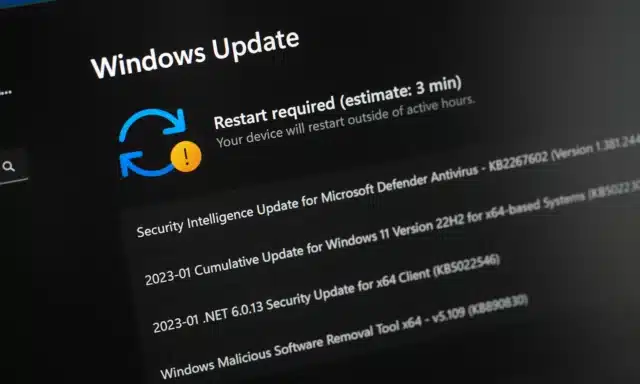Microsoft celebrates two decades of delivering scheduled Windows updates on Patch Tuesday

Patch Tuesday, the second Tuesday of each month when Microsoft releases updates for Windows, has been with us for a long time now. In fact, Microsoft has been using the predictable schedule for releasing patches for no less than 20 years.
The emergence of Patch Tuesday -- a day anticipated for its bug-fixing and dreaded for its bug-introductions -- dates back to the days of Bill Gates and Windows Vista. In celebrating the incredible landmark of two decades of update releases on a reliable timetable, Microsoft has shared some of the history behind it and reiterated the importance of updating the operating system in this way.
See also:
- Microsoft to stop giving users Tips for Windows 11
- Delayed: Windows 11 23H2 is not available via the Media Creation Tool because Microsoft is busy with 'size optimization'
- Microsoft is killing off three Windows services because of security concerns
Microsoft may be slightly biased, but one of the guiding principles behind Patch Tuesday is the company's belief that "Windows is a critical tool" as is "releasing monthly Windows updates of the highest quality". It would be easy to react to this with a snigger and point to all of the issues Microsoft's patches cause, but this is not something the company is unaware of. It says it has a "commitment to improving and evolving Windows patch quality"
Over on the Windows Experience blog, John Cable -- Microsoft's Vice President of Program Management, Windows Servicing and Delivery -- shares an interesting history of Patch Tuesday which you can read here.
But while the history is undeniably important, the present and future matter more. With this in mind, Microsoft shared the principles that drive its monthly Windows update service:
- Predictability: The Windows monthly release cadence should align predictably to the second Tuesday of every month.
- Simplicity: Everyone should be able to manage to a simple, regular and consistent patching experience. Doesn't matter if you're an individual Windows user or an IT manager overseeing your organization. You shouldn't need to stop what you’re doing to rigorously test an update before deploying it.
- Agility: In today’s computing landscape, security threats demand quick responses. We must provide all Windows users with updates quickly without compromising quality or compatibility.
- Transparency: To simplify the update process for individuals and for businesses large and small, everyone should have access to as much information as they need. You should be able to understand updates in advance. This includes comprehensive yet clear release notes, guides for common servicing tools, access to assistance and a feedback system.
Looking forward, the company says:
With new hotpatching technologies proving themselves across Azure Fleet and Windows Server Azure Edition, the future for patching is bright as we continue to pursue fast, reliable, secure updates for the best possible update experience. We're also investing in new AI technology and talent, as well as in leadership and cross-team partnerships, to ensure that we can keep you protected and productive for the next 20 years of Windows.
Image credit: chetroni / depositphotos
